Crude Oil Blending Application
The Crude Blending Application is an attractive solution for refineries with the ability to blend different crude types to provide a consistent and optimal feedstock to refinery operations. Operating the refinery at optimal and constant crude composition can generate savings for major refineries on the order of 2% to 3% of the operating margin of the whole refinery. The Crude Oil Blending solution achieves this by:
Improved distillation unit throughput. Constant attention to the distillation quality of the crude loads the crude distillation unit and all the other downstream units consistently. This allows refiners to operate their crude distillation unit closer to its limits, which increases throughput. Improved higher value product yields. More stable and consistent operation allows operation closer to constraints. This enables the maximization of yields of higher value products.
Improved performance of downstream units. Specific characteristics of the crude will also influence performance of some of the downstream units. Changes in the ratio of paraffins to aromatics in crude, for example, will impact/affect the benzene, toluene, and xylene output of catalytic reformers.
Improved product quality and reduced energy costs. Stability of the crude composition also eliminates one of the major disturbance factors in a refinery, resulting in more stable operation. This contributes positively to overall quality, fosters efficient energy consumption, and improves equipment reliability.
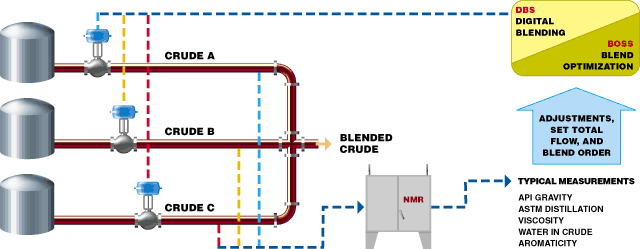
NMR Application Details
The process NMR component of the application for crude blending involves the correlation of NMR spectra to the following parameters:
- API Gravity and Density
- Water Content
- True Boiling Point Values at ant temperature from C1 emission to 700°C
- Viscosity
- Pour Point
- Sulfur
Studies have also been performed that allow the process NMR 1H Spectra predict various detailed average molecule parameters obtained from 13C NMR of the crudes studied. A listing of the parameters that can be correlated are given in Table 3 of the liquid-state applications page.
Below are several slides that show some of the details of the NMR application development:
Slide 1: Typical NMR spectrum variability observed for crude oils
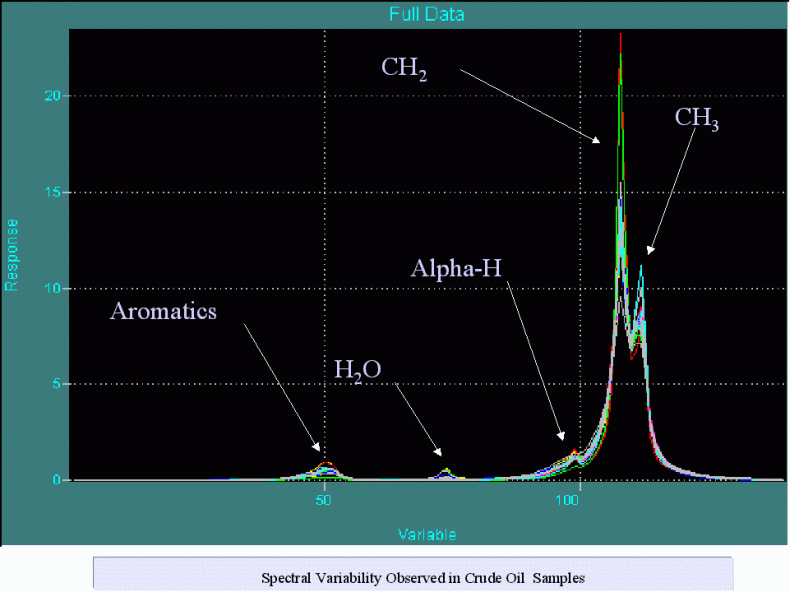
Slides 2 and 3: Typical processing scheme to allow prediction of water content, and then digitally remove water peak from spectrum to facilitate PLS modeling of other parameters.
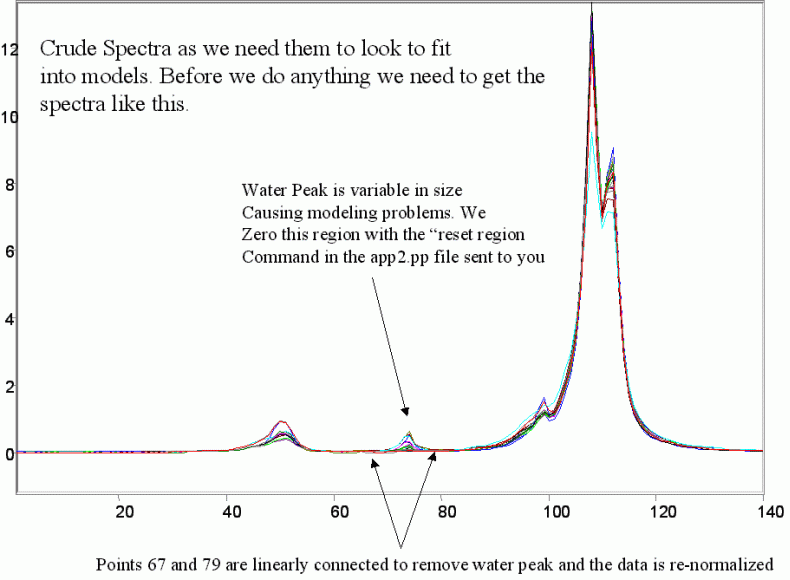
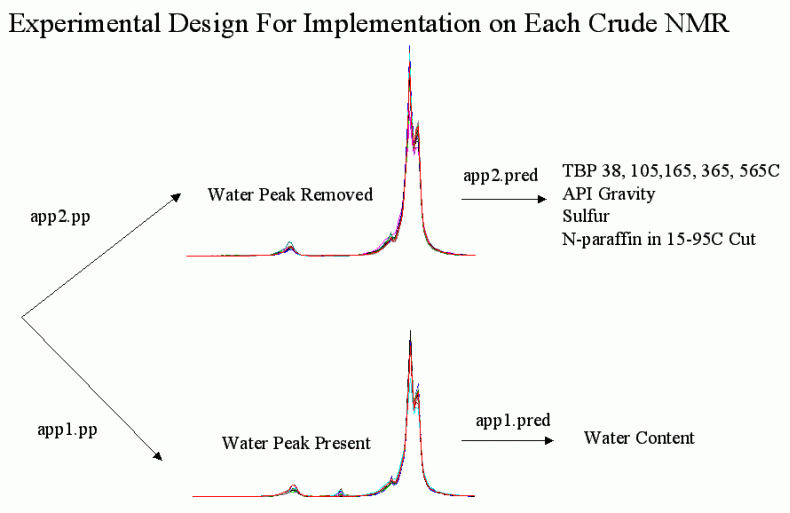
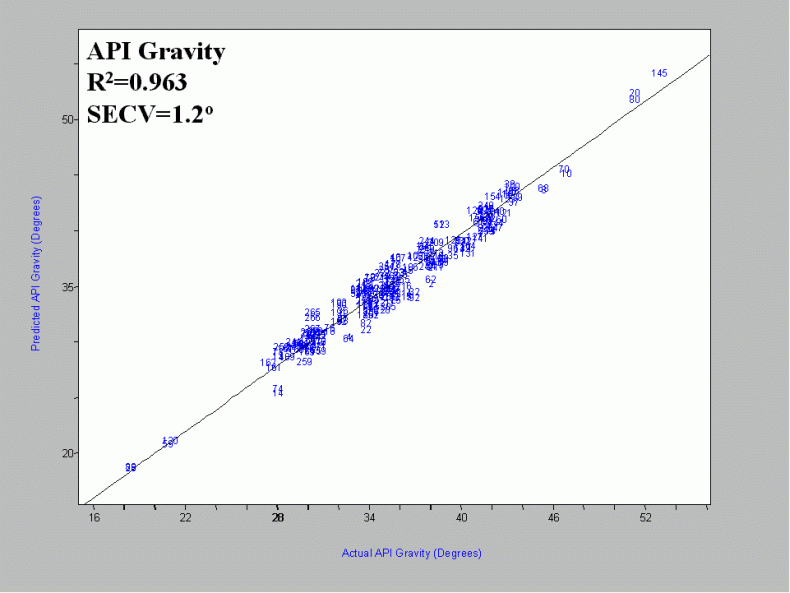
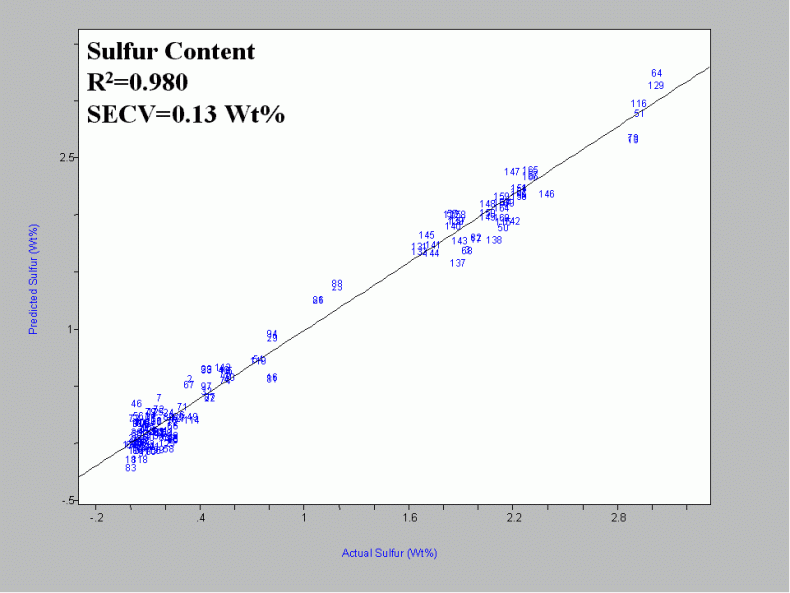

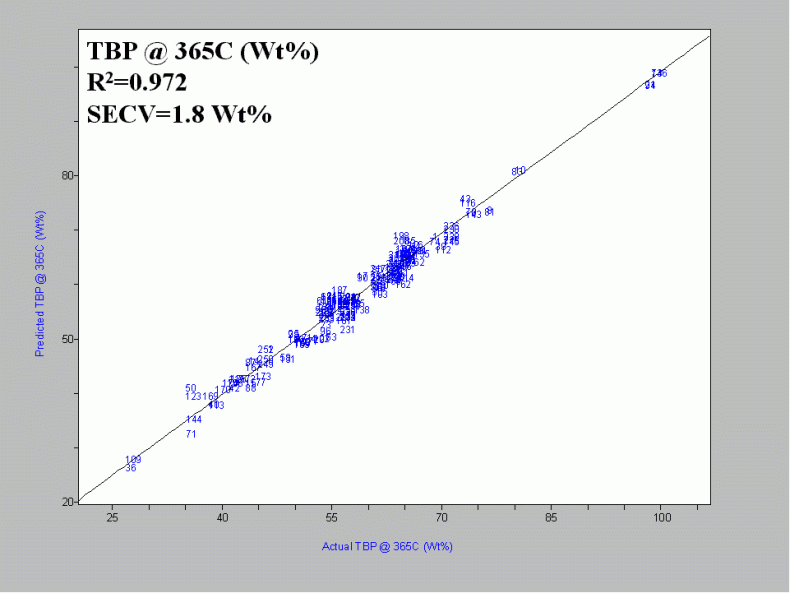
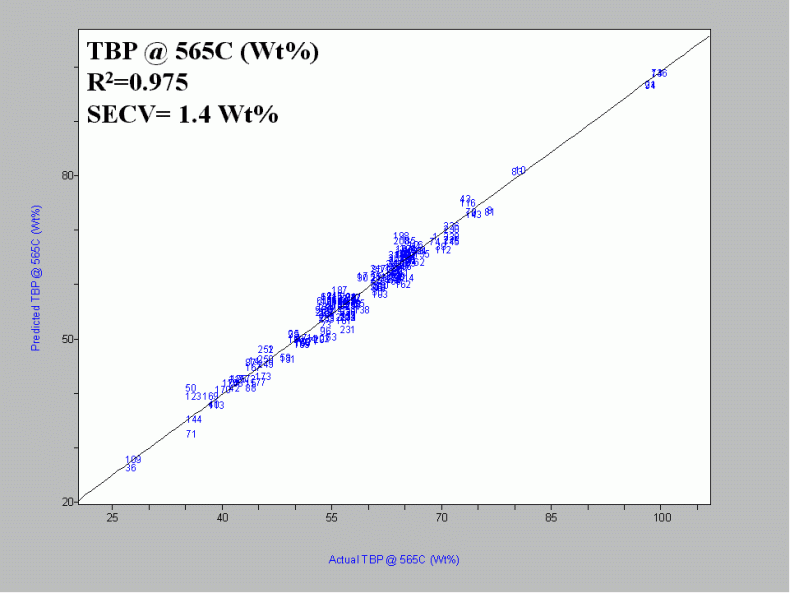
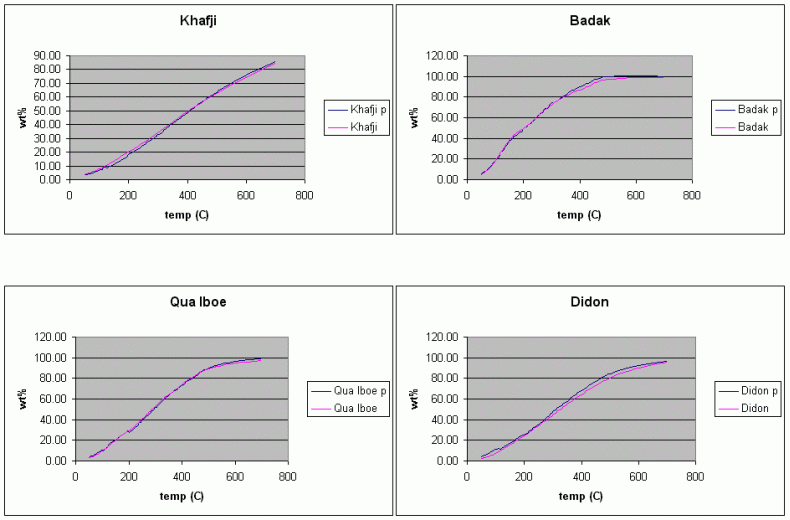
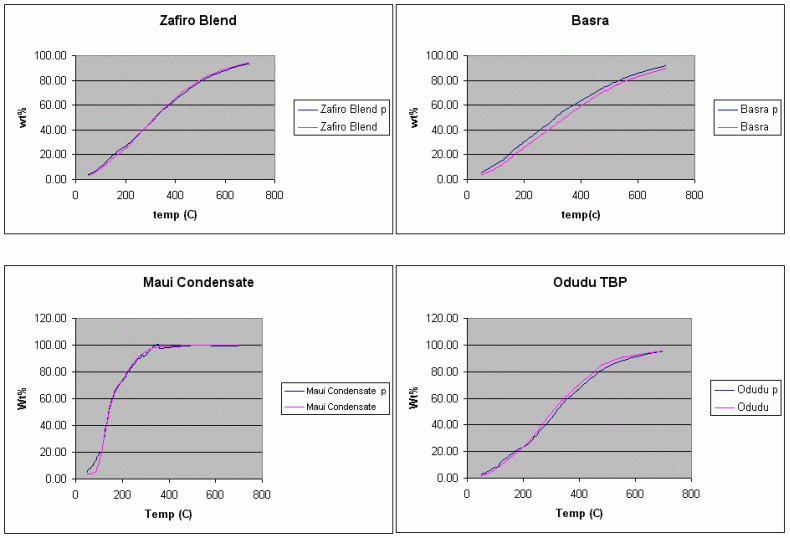
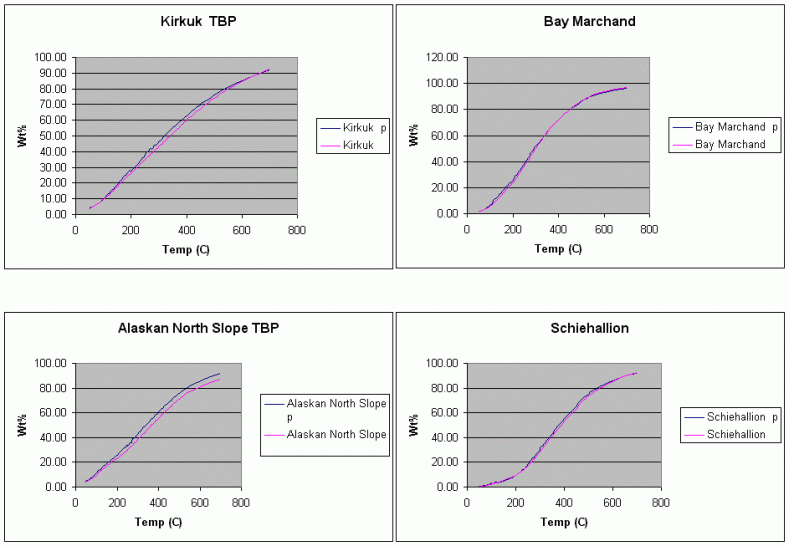
For more information on Crude Assay Calculations follow the links below:
- Z-Basic Assay – MS Based
- Haverly Crude Assay Libraries
- Refinery Feedstock Overview
- Crude and Products Testing Price List
- Spiralsoft Crude Assay Reconcilliation Software
- HYSYS – Crude Unit Prediction
- Crude Oil – TBP Vs Simulated Distillation
- Crude Quality Programs
- Crude Oil Fouling and Incompatibility
- Crude Oil Fouling and Deposition 1
- Fouling 2
This application marketed by NMR Process Systems LLC
For more information on this topic please contact John Edwards